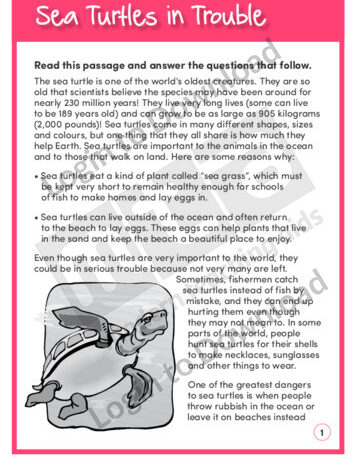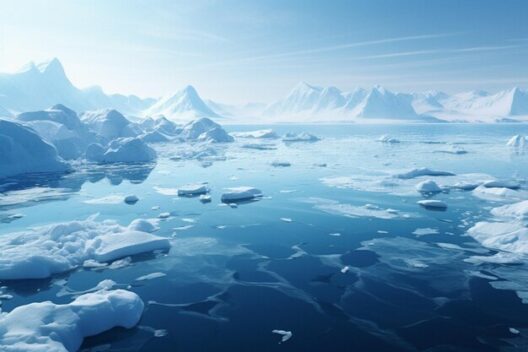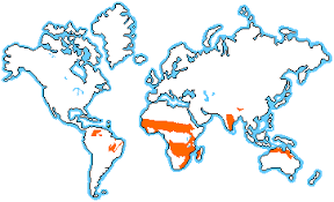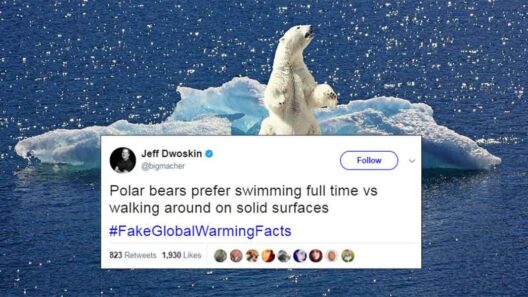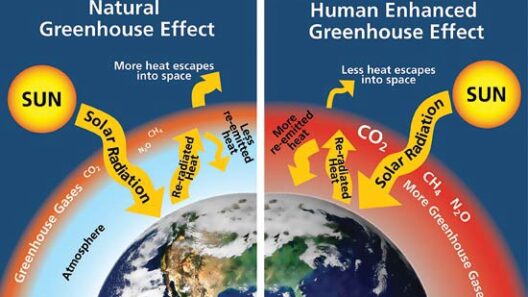Sea turtles, often referred to as the “ocean giants,” glide gracefully through the world’s seas, embodying the vast expanse of marine life. These majestic creatures, with a lineage tracing back to the time of the dinosaurs, have become enduring symbols of resilience in the face of adversity. However, the ominous specter of global warming casts a relentless shadow over their existence. As temperatures rise and oceanic ecosystems become increasingly imperiled, the plight of sea turtles illustrates an urgent narrative of survival amidst climatic turmoil.
The intrinsic relationship between sea turtles and their environments is akin to the symbiotic bond found in nature; one cannot thrive without the other. Nestled within their natural habitats—coral reefs, coastal areas, and sandy beaches—these reptiles play pivotal roles in maintaining the balance of marine ecosystems. As herbivores, they contribute to the health of seagrass beds by grazing and preventing rampant overgrowth, which in turn creates essential habitats for myriad marine species. Moreover, their shells are a metaphorical echo of resilience, safeguarding the rich tapestry of ocean biodiversity against the elements.
However, as the climate continues to shift, we face an unprecedented crisis. Global warming manifests in rising sea temperatures, affecting the delicate balance of marine ecosystems. These higher temperatures can lead to coral bleaching, resulting in the loss of crucial habitats for numerous species, including those that sea turtles rely on for sustenance. The cascading effects of this ecological imbalance are profound, as the very foundations of marine life tremble under the weight of climate change.
Of particular concern to conservationists and scientists alike is the impact of temperature fluctuations on sea turtle nesting. Female turtles often return to the beaches where they were born to lay their eggs. This instinctual behavior, however, is threatened as sand temperatures increase. The fascinating yet alarming phenomenon known as temperature-dependent sex determination means that the sex of hatchlings is influenced by the temperature of the sand. Warmer sands tend to produce more female turtles, skewing the sex ratio and jeopardizing future populations. This precarious imbalance can lead to diminished genetic diversity, further threatening the survival of these ancient mariners.
Moreover, rising sea levels—an inescapable consequence of climate change—pose a substantial threat to nesting sites. Beaches that serve as critical habitats for nesting turtles are dwindling, washed away by encroaching oceans. The loss of these vital sites not only impacts breeding populations but also increases the likelihood of eggs and hatchlings being washed away before they have a chance to thrive. The metaphorical sands of time are running out, and with it, the hopes for sustaining healthy sea turtle populations.
Pollution, particularly marine debris, adds another layer of complexity to the saga of sea turtles. The ocean is often described as a vast, intricate tapestry; however, the introduction of plastics and other pollutants threatens to unravel this masterpiece. Sea turtles frequently mistake plastic bags and other debris for jellyfish, a favorite food source. Ingesting such toxins can lead to dire health consequences, including malnutrition, internal injuries, and even death. The juxtaposition of beauty and tragedy is stark; the ocean, which should be a haven, becomes a treacherous battleground filled with hazards.
In addition, the phenomenon of ocean acidification—a direct result of increased carbon dioxide levels—compounds the struggles faced by these marine reptiles. As carbon dioxide dissolves in seawater, it alters the pH balance and negatively impacts coral reefs, ultimately leading to the degradation of habitats that are essential for juvenile turtles. The vibrant corals that once thrived, now wilt under the acidic tides, rendering the underwater world progressively uninhabitable.
Despite these mounting challenges, a flicker of hope remains in the relentless endeavors of conservationists and scientists. Initiatives aimed at protecting nesting sites and mitigating the impacts of climate change are crucial. The formation of marine protected areas (MPAs) has become a critical strategy in safeguarding vital habitats from pollution and overfishing. These sanctuaries serve as refuge zones, allowing marine life, including sea turtles, to flourish amidst the chaos of human activity. By fostering resilience in these cherished ecosystems, there remains a possibility for the resurgence of sea turtle populations.
Furthermore, public awareness and education play a pivotal role in galvanizing support for conservation efforts. The unique allure of sea turtles often sparks curiosity and passion for ocean stewardship. By engaging communities and fostering a sense of responsibility, we can collectively advocate for policies aimed at curbing carbon emissions, reducing plastic use, and protecting marine habitats. The metaphorical journey of a sea turtle—a long trek from ocean to shore—parallels the arduous path humanity must navigate to safeguard our planet. Every step forward is a step towards a brighter and more sustainable future.
In conclusion, the rapid encroachment of global warming poses an existential threat to sea turtles, whose survival is intricately linked to the health of our oceans. As stewards of the planet, it is imperative to reflect on the deeper connections between our actions and the legacy we leave for future generations. The plight of sea turtles serves as both a warning and a rallying cry, urging us to come together in defense of the natural world. In the vast ocean’s embrace, their echoes resonate—a testament to resilience, beauty, and the fragility of life.



